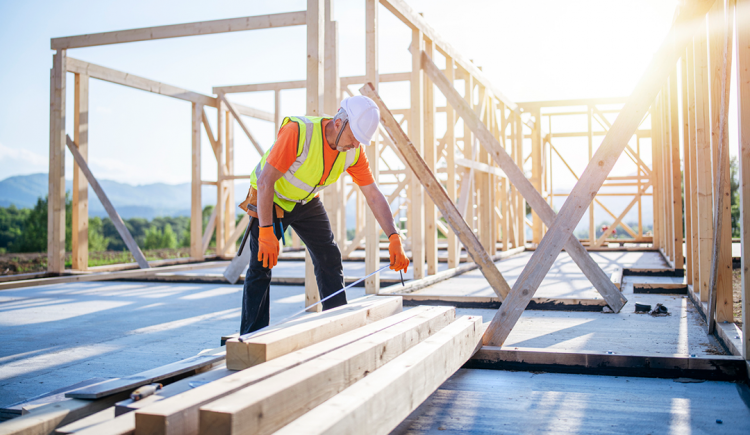Housing affordability has dipped to its lowest level in almost a decade as three market behaviors come together to build the perfect storm: soaring building material costs, high demand and low inventory.
According to the National Association of Home Builders (NAHB)/Wells Fargo Housing Opportunity Index (HO), 56.6% of new and existing homes sold between April and June were affordable to families earning $79,900, the current U.S. median income. This has decreased from the 63.1% of homes sold in Q1 of 2021 and is the lowest affordability level since the beginning of the revised series in the first quarter of 2012.
Most affordable markets:
In Pittsburgh, 90.6% of all new and existing homes sold in the second quarter were affordable to families earning the area’s median income of $84,800.
The top five affordable major housing markets were Lansing-East Lansing, Michigan; Youngstown-Warren-Boardman, Ohio-Pennsylvania; Scranton-Wilkes-Barre-Hazleton, Pennsylvania; and Harrisburg-Carlisle, Pennsylvania.
Least affordable markets:
For the third consecutive quarter, Los Angeles-Long Beach-Glendale, California, remained the nation’s least affordable major housing market. Only 8.4% of the properties sold during Q2 were affordable to families earning the area’s median income of $78,700.
The top five least affordable major markets were all in California: San Francisco-Redwood City-South San Francisco; Anaheim-Santa Ana-Irvine; San Diego-Carlsbad; and Oxnard-Thousand Oaks-Ventura.
The takeaway:
While a market slowdown has been observed in several areas across the country, industry professionals are keeping a watchful eye on inventory and lumber prices as their trajectory could signal either market balance or yet another year of turbulent competition.
“Runaway construction cost growth, such as ongoing elevated prices for oriented strand board that has skyrocketed by nearly 500% since January 2020, continue to put upward pressure on home prices,” said NAHB Chairman Chuck Fowke, a custom home builder from Tampa, Florida. “Policymakers must address supply chain bottlenecks for building materials that are raising costs and harming housing affordability.”
“Recent NAHB analysis shows that higher costs for lumber products have added nearly $30,000 to the price of an average new single-family home and raised the rental price of a new apartment unit by more than $90,” said NAHB Chief Economist Robert Dietz. “With the U.S. housing market more than 1 million homes short of what is needed to meet the nation’s demand, policymakers need to focus on supply-side solutions that will enable builders to increase housing production and rein in rising home prices.”












